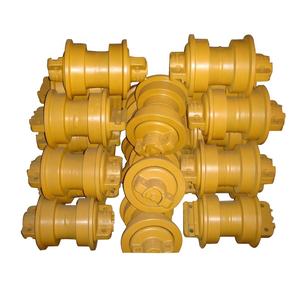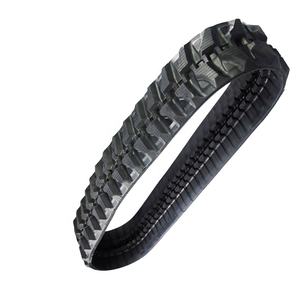**Installation Guide for New Excavator Teeth**
(Installation Guide for New Excavator Teeth)
Excavator teeth are critical components of heavy machinery, designed to enhance the efficiency and durability of excavation equipment. Proper installation of these teeth is essential to ensure optimal performance, minimize wear, and extend the lifespan of both the teeth and the bucket. This guide provides a step-by-step overview of the installation process for new excavator teeth, emphasizing best practices and safety precautions.
### **1. Preparation and Safety Measures**
Before beginning the installation process, it is imperative to prioritize safety. Ensure the excavator is turned off, and the hydraulic system is depressurized to prevent accidental movement. Engage the parking brake and secure the bucket in a stable position. Wear appropriate personal protective equipment (PPE), including gloves, safety glasses, and steel-toed boots, to protect against potential hazards.
Gather the necessary tools and materials, such as a hammer, pry bar, pin removal tool, and replacement pins or retainers. Inspect the new excavator teeth and ensure they are compatible with the bucket adapter. Verify that the teeth are free from defects or damage before proceeding.
### **2. Removal of Worn-Out Teeth**
Begin by removing the worn-out or damaged teeth from the bucket. Locate the retaining pin or lock mechanism that secures the tooth to the adapter. Use a pin removal tool or hammer and punch to carefully extract the pin. In some cases, a pry bar may be required to loosen the tooth if it is tightly fitted.
Once the pin is removed, gently tap the tooth with a hammer to dislodge it from the adapter. Avoid excessive force, as this could damage the adapter or surrounding components. Inspect the adapter for signs of wear or damage, and replace it if necessary before installing the new tooth.
### **3. Cleaning and Inspection**
After removing the old tooth, thoroughly clean the adapter and surrounding area to remove dirt, debris, and rust. A clean surface ensures a secure fit for the new tooth and prevents premature wear. Inspect the adapter for cracks, deformation, or excessive wear. If the adapter is damaged, replace it before proceeding with the installation.
### **4. Installation of New Excavator Teeth**
Align the new excavator tooth with the adapter, ensuring it fits snugly into place. The tooth should slide onto the adapter without excessive force. If resistance is encountered, double-check the alignment and ensure the tooth is the correct size and model for the adapter.
Once the tooth is properly positioned, insert the retaining pin or lock mechanism. Use a hammer or installation tool to secure the pin firmly in place. Ensure the pin is fully seated and locked to prevent the tooth from loosening during operation. Some systems may require additional retainers or locking mechanisms, so refer to the manufacturer’s guidelines for specific instructions.
### **5. Verification and Testing**
After installing the new tooth, perform a visual inspection to confirm it is securely attached and properly aligned. Check for any gaps or misalignment between the tooth and the adapter. Gently tap the tooth with a hammer to ensure it is firmly seated.
Before resuming operation, test the excavator in a controlled environment to verify the installation. Operate the bucket at low speeds and observe the tooth for any signs of movement or instability. If any issues are detected, stop the machine immediately and recheck the installation.
### **6. Maintenance and Best Practices**
To maximize the lifespan of the new excavator teeth, implement a regular maintenance schedule. Inspect the teeth and adapters periodically for signs of wear, cracks, or damage. Replace worn-out teeth promptly to prevent further damage to the bucket and adapter.
Avoid using the excavator for tasks beyond its intended capacity, as this can lead to premature wear or failure of the teeth. Additionally, ensure the teeth are properly greased and lubricated to reduce friction and wear during operation.
### **Conclusion**
(Installation Guide for New Excavator Teeth)
Proper installation of new excavator teeth is a straightforward yet critical process that significantly impacts the performance and longevity of excavation equipment. By following this guide and adhering to safety protocols, mechanical engineers and equipment operators can ensure a secure and efficient installation. Regular maintenance and adherence to best practices will further enhance the durability and reliability of the excavator teeth, ultimately contributing to the overall productivity of the machinery.


